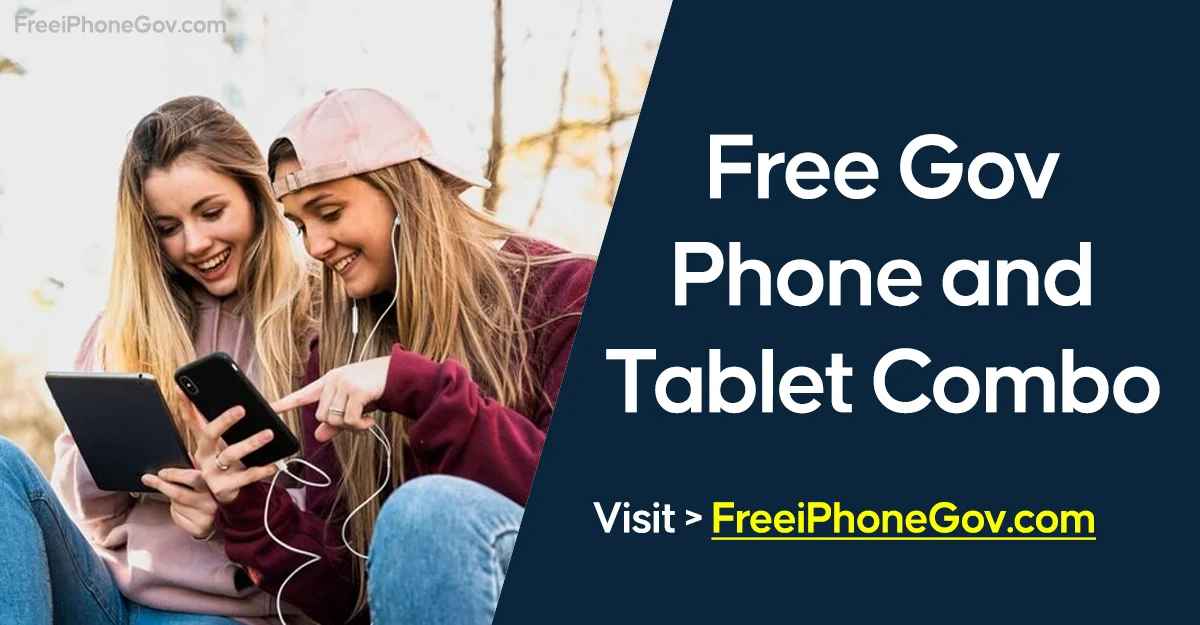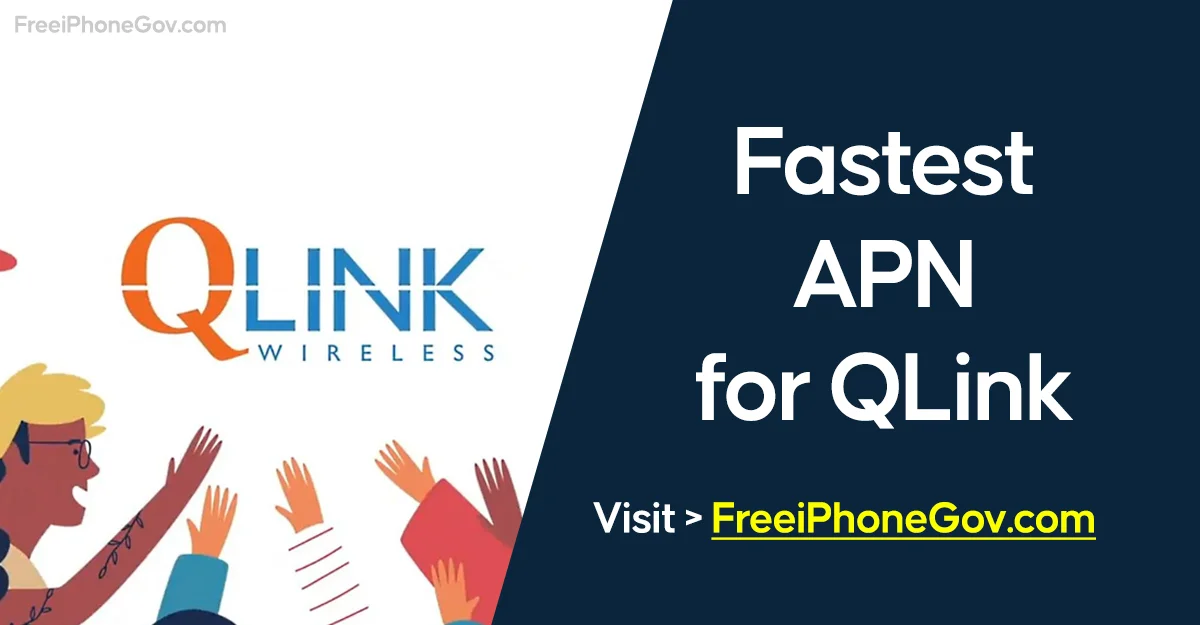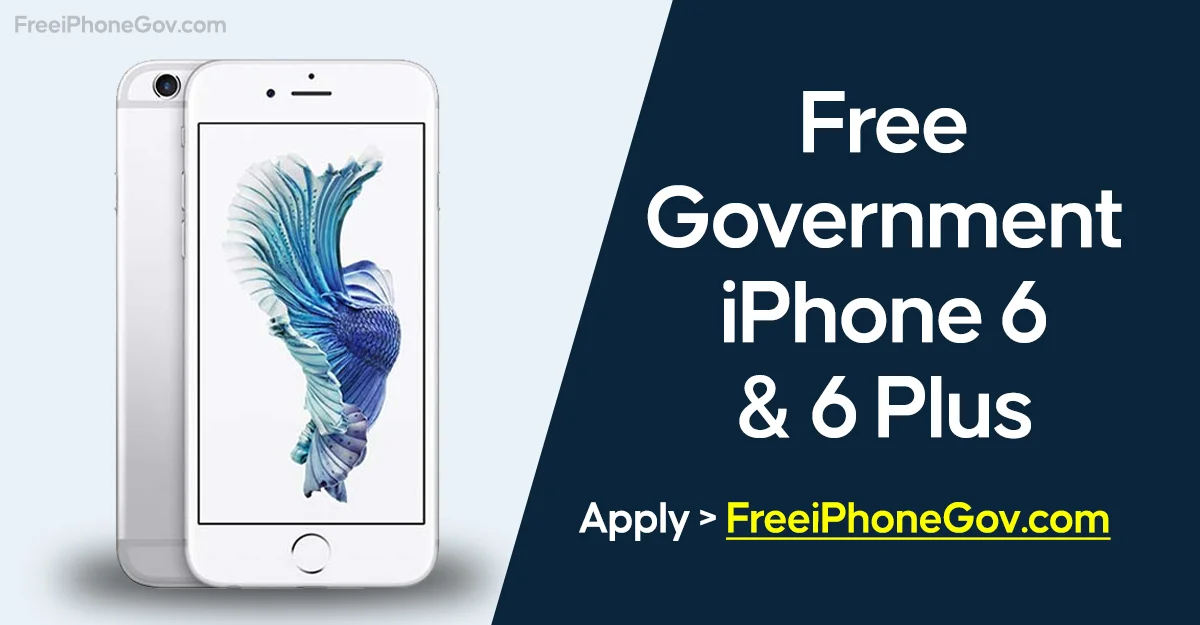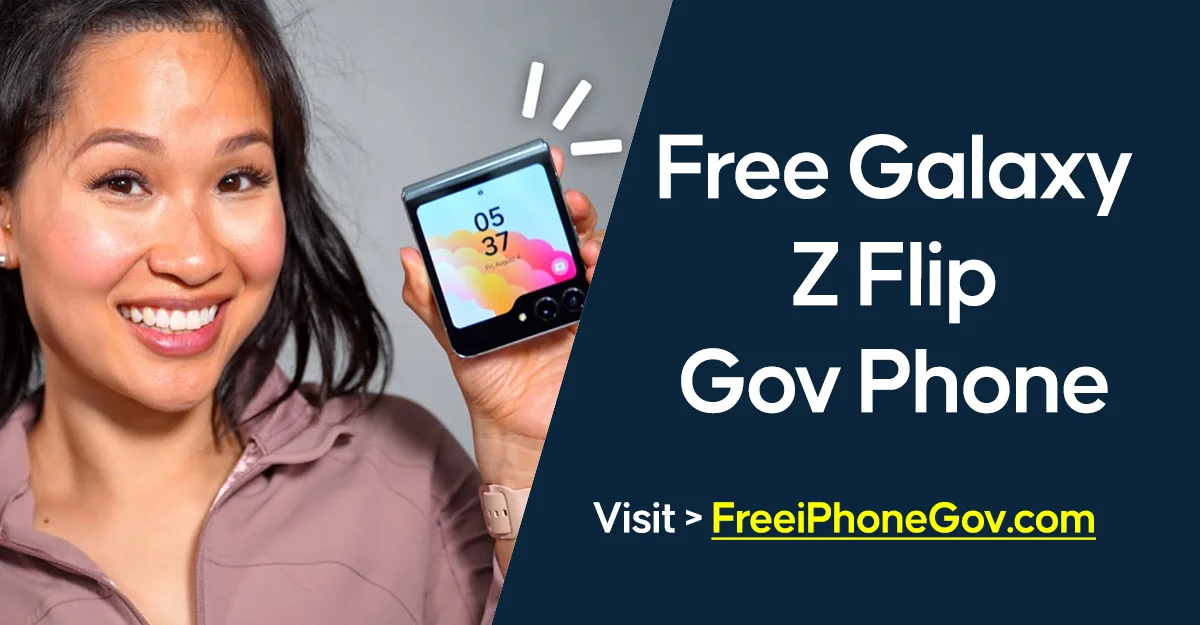Free Government Hotspot Device
A hotspot is a portable device that creates a local wireless network, providing internet access to tablets, laptops, and smartphones through cellular data. This capability is invaluable for multiple users simultaneously, serving as an essential tool for both households and businesses. Hotspots come in various forms like mobile routers, smartphones with hotspot capabilities, and dedicated units, favored by travelers, remote workers, and at events where WiFi is limited.
Despite their utility, the cost of hotspot devices may be out of reach for some. However, as of June 2024, while the United States does not have a nationwide Free Government Hotspot Device Program, there are still significant opportunities for low-income families to obtain such devices. The Affordable Connectivity Program (ACP), although no longer accepting new applications, continues to offer limited benefits till April 2024, details and updates can be found on the ACP’s official website.
Additionally, some Internet Service Providers have unique low-income plans that might include free or discounted hotspots. The Lifeline Program also offers a monthly phone service discount, which could help manage the costs associated with a separate hotspot internet plan. Those interested should reach out to their current ISP or explore other local options to find suitable low-income internet plans that include mobile hotspots.
Lifeline Assistance for Obtaining a Government Hotspot Device
The Lifeline Assistance Program, initiated by the U.S. government, is designed to help low-income individuals access crucial communication services. This initiative, managed by the Federal Communications Commission (FCC), offers free phone calls, text messaging, voice calls, and internet connectivity through a network of participating service providers.

As part of the Lifeline program, free hotspot devices are available to eligible participants. These devices include tablets, mobile routers, and smartphones equipped with hotspot capabilities. The cellular providers participating in Lifeline and similar initiatives offer these devices to help bridge the digital divide.
Several providers across the United States are involved in these programs, ensuring that individuals living in poverty have access to free hotspot devices. This assistance enables more people to connect to the internet, supporting their needs for communication, education, and access to vital online services. You can also apply for a Free Government iPhone 6 for low income families.
Using the ACP Program to Get a Free Government Hotspot
The Affordable Connectivity Program (ACP) is a government initiative designed to help households afford the broadband services necessary for work, education, healthcare, and more. Households can receive a monthly discount through this program: up to $30 for internet services and up to $75 for those on eligible tribal lands.
Eligible households can also benefit from a one-time discount of up to $100 for buying a laptop, desktop computer, or tablet. To qualify, they must contribute between $10 and $50 towards the purchase from a participating provider.
Through the ACP, you can also receive a free government hotspot device. To apply, ensure you meet the program’s eligibility criteria. Applications can be submitted through your service provider, online at AffordableConnectivity.gov, or by mailing your application to USAC. After submission, you will receive a response from the appropriate authority.
To qualify for the ACP, you must either participate in certain assistance programs or have a gross income that does not exceed 200% of the federal poverty guidelines. Eligible programs include:
- Federal Public Housing Assistance
- SNAP (Supplemental Nutrition Assistance Program)
- WIC (Women, Infants, and Children)
- USDA Community Eligibility Provision Schools
- SSI (Supplemental Security Income)
- National School Lunch Program (free and reduced-price meals)
- Medicaid
- Veterans Pension and Survivors Benefits
To prove your eligibility, you need to provide various documents such as identification, Social Security numbers, addresses, income proof, and participation in qualifying assistance programs.
Steps to Obtain a Free Hotspot Device Through a Government Program
Follow these steps give below to receive your free government mobile hotspot device:
- Find a Provider: Identify a wireless service provider in your state offering a free Lifeline hotspot device.
- Visit the Provider’s Website: Navigate to the service provider’s official website.
- Start the Application: Click on the “Apply” button or a similar option to begin the application process.
- Enter Location Information: Input your state, ZIP code, or territory as required.
- Proceed with Application: Click the “Apply Now” button.
- Access State Application Page: You’ll be redirected to your state’s Lifeline application page.
- Fill Out the Application: Complete the form with your personal details.
- Upload Required Documents: Attach necessary documents such as proof of eligibility, identity, and residency.
- Submit Your Application: Submit the completed application form.
- Wait for Response: Now you need to wait until you get a response from the service provider.
If approved, you’ll receive an email with instructions on obtaining your free government hotspot device. If denied, you can reapply with more accurate information.
Types of Government-Provided Hotspot Devices
Here are some types of hotspot devices available through government programs:
- Mobile Hotspots:
- Portable: These devices can be easily transported from one location to another.
- Providers: In the US, two prominent providers of mobile hotspots are:
- PCs for People
- Human-IT
- Smartphones:
- Hotspot Functionality: Many smartphones can act as hotspot devices.
- Sources: While various service providers offer free smartphones through the Affordable Connectivity Program (ACP), the Lifeline program is the main source for these handsets. Each state has service providers that distribute free government smartphones.
- Tablets:
- Hotspot Capabilities: Tablets can also serve as hotspot devices, connecting multiple devices to a single internet source.
- Affordable Connectivity Program: This program provides free tablets through various service providers. Eligible users typically receive a discount of up to $100 for a tablet, requiring them to pay only between $10 and $50 towards the purchase price.
- Providers: Several ACP service providers offer free government tablets that can be used as hotspots.
By applying to these programs, individuals can access essential internet services through different types of hotspot devices.
Cellular Providers Offering Free Government Hotspot Devices
Many top providers offer free WiFi hotspots through government programs, ensuring everyone can stay connected seamlessly. Here are the top service providers:
Providers under the Lifeline Service:
- Assurance Wireless
- Tempo
- SafeLink Wireless
- TruConnect
- Access Wireless
- TerraCom Wireless
- enTouch Wireless
- Life Wireless
- Tag Mobile
- American Assistance
- SafetyNet Wireless
Providers under the Affordable Connectivity Program (ACP):
- NewPhone Wireless
- Cintex Wireless
- Go Technology
- Maxim Telecom
- Qlink Wireless
- AirTalk Wireless
- Easy Wireless
- StandUp Wireless
These providers participate in Lifeline and ACP, offering free hotspot devices to eligible individuals, helping to bridge the digital divide and provide essential internet access. I would love to share with you that there are some providers offering free iPhone 7 with food stamps.
Cellular Providers Offering Free Government Hotspot Devices
Here are detailed descriptions of cellular providers offering free government hotspot devices under the Lifeline and Affordable Connectivity Programs (ACP):
- Life Wireless:
- Programs: Participates in both ACP and Lifeline.
- Benefits: Offers eligible customers a free government phone with 5GB of hotspot data, 10GB of high-speed data, unlimited calls, and texts. The free phone can also function as a hotspot.
- StandUp Wireless:
- Programs: Provides services under Lifeline and ACP.
- Benefits: Includes free monthly calls, texts, and hotspot data. They also provide a 5G tablet for a $10.01 co-pay, which can function as a hotspot.
- QLink Wireless:
- Coverage: Available in multiple states including Arkansas, California, Alabama, Connecticut, Arizona, Colorado, Delaware, and the District of Columbia.
- Benefits: Provides a free QLink wireless government tablet with unlimited calls, texts, and data.
- SafeLink Wireless:
- Programs: Offers a combination of Lifeline and ACP benefits.
- Benefits: Includes 10GB of hotspot data, unlimited TALK, and texts with their Lifeline+ACP combo package.
- Access Wireless:
- Benefits: Offers free calls with no limit, messages, internet data, and hotspot services to eligible users.
These providers participate in government programs to ensure that eligible individuals have access to essential communication tools, including hotspot devices, to stay connected.
Advantages of Free Government Hotspot Devices
Government-provided hotspot devices offer numerous benefits, including:
- Single Internet Source for Multiple Devices:
- You can connect all your gadgets to the internet using one hotspot device. This eliminates the need for separate data plans for each device, allowing you to share the internet connection with any internet-capable gadget.
- Monthly Free Data:
- Government hotspot devices come with free monthly data. This allows you to access the internet without incurring additional costs. While some service providers may offer unlimited data, others might require you to purchase additional data bundles if you exceed your monthly allowance.
- No Contract Requirement:
- Government hotspot devices do not require any contractual commitment. You can cancel the service at any time if you are unsatisfied, without any penalties. Eligibility is based on meeting Lifeline standards, and no contract is necessary to start using the service.
- No Credit Inquiry:
- Obtaining a government hotspot device does not require a credit check. This means that anyone, regardless of their credit score, can apply for the Lifeline or ACP programs and receive the free device. Eligibility is determined based on provided documentation, not credit history.
- No Application Fee:
- Applying for a government hotspot device through Lifeline or the ACP comes at no cost. There are no costs associated with the application process, making it accessible to all eligible individuals at any time.
These advantages make government hotspot devices a valuable resource for staying connected, especially for those who might otherwise struggle to afford internet access.
How to Get Students a Free Hotspot Device
Students can access free hotspots for educational purposes through various programs and initiatives. Here are some ways to obtain these devices:
- T-Mobile’s Project 10Million:
- Partnership: In collaboration with Big Brothers Big Sisters of America, T-Mobile is providing free hotspots and devices to 10 million eligible households.
- Application: It’s easy to submit online application via T-Mobile’s website. The process takes about five minutes and provides access for up to five years without requiring annual fees or re-certifications.
- Eligibility: Students may qualify through the National School Lunch Program or other assistance programs such as Head Start, Medicaid, Supplemental Nutrition Assistance Program (SNAP), Temporary Assistance for Needy Families (TANF), Community Eligibility Provision (CEP), Food Distribution Program on Indian Reservations (FDPIR), and assistance for foster, migrant, homeless, or runaway youth.
- Affordable Connectivity Program (ACP):
- Free Internet: Eligible households can receive free internet access.
- Free Tablets: Qualified households may also receive free tablets that can function as hotspot devices.
- Service Providers: Several service providers offer a free government WiFi hotspot package through the ACP.
- Lifeline Program:
- Free Smartphones: Free smartphones, which can also be used as hotspot devices, are available to low-income households.
- Eligibility: Qualification is based on participation in specific assistance programs or meeting income criteria.
- Public Schools:
- Free WiFi Hotspots: Some public schools provide free WiFi hotspots to their students.
- Enrollment: To access these services, students need to enroll in the participating schools. Many colleges also offer free WiFi to their students upon enrollment.
These programs and initiatives ensure that students have the necessary internet access for their educational needs, helping bridge the digital divide and support remote learning.
What is the duration for using a 100GB hotspot data set?
A 100GB hotspot data plan is generally sufficient to keep you connected for an entire month, assuming average usage. Most internet service providers update their data plans on a monthly basis, allowing you to manage your usage effectively without needing additional WiFi.
Average Usage Breakdown:
- Browsing: Light web browsing consumes about 60MB per hour. With 100GB, you can browse for approximately 1,666 hours in a month.
- Streaming Music: Streaming music typically uses around 150MB per hour. You could stream music for about 666 hours with 100GB.
- Streaming Video: Standard definition video streaming uses about 1GB per hour. You could watch about 100 hours of SD video. High definition streaming consumes more data, around 3GB per hour, allowing for roughly 33 hours of HD video.
- Online Gaming: Gaming uses about 40MB per hour, so you could play for around 2,500 hours with 100GB.
Managing Your Data:
- Monthly Refresh: Internet service providers usually reset data plans monthly, so a 100GB plan can typically support a month of average use.
- Monitoring Usage: Keep an eye on your data consumption to ensure it lasts throughout the month. Many providers offer tools to help track your usage.
- Adjusting Activities: If you find your data depleting quickly, consider reducing high-data activities like HD streaming or large file downloads.
A 100GB data plan offers substantial connectivity for most users, supporting various online activities without the need to search for additional WiFi.
FAQs
What is a hotspot device?
A hotspot device is a portable gadget that uses cellular data to create a local wireless network, letting tablets, laptops, and smartphones connect to the internet.
How can I get a free hotspot device through government programs?
You can obtain a free hotspot device by applying to programs such as Lifeline and the Affordable Connectivity Program (ACP). These programs provide eligible individuals with free or discounted internet services and devices.
Who is eligible for a free government hotspot device?
Eligibility for a free government hotspot device typically includes low-income individuals and families, participants in federal assistance programs (e.g., SNAP, Medicaid), and households with an income at or below 200% of the federal poverty guidelines.
What types of hotspot devices are available through these programs?
The programs provide different types of hotspot devices, such as mobile routers, smartphones with hotspot features, and tablets that can act as hotspots.
What documentation is needed to apply for a free hotspot device?
To apply, you need to provide documents such as proof of income, participation in government assistance programs, identification, and proof of residency. Specific requirements may vary by program and provider.
Final Thought
A hotspot device, which is typically portable, allows other devices such as computers, tablets, smartphones, security cameras, and printers to access the internet. While most hotspot gadgets can be quite expensive, there are options available for those who qualify to receive one for free.
Programs like Lifeline and the Affordable Connectivity Program (ACP), Limited Programs by Internet Service Providers (ISPs) offer eligible individuals the opportunity to obtain a free government hotspot device and internet access, helping to bridge the digital divide and ensure connectivity for all.






